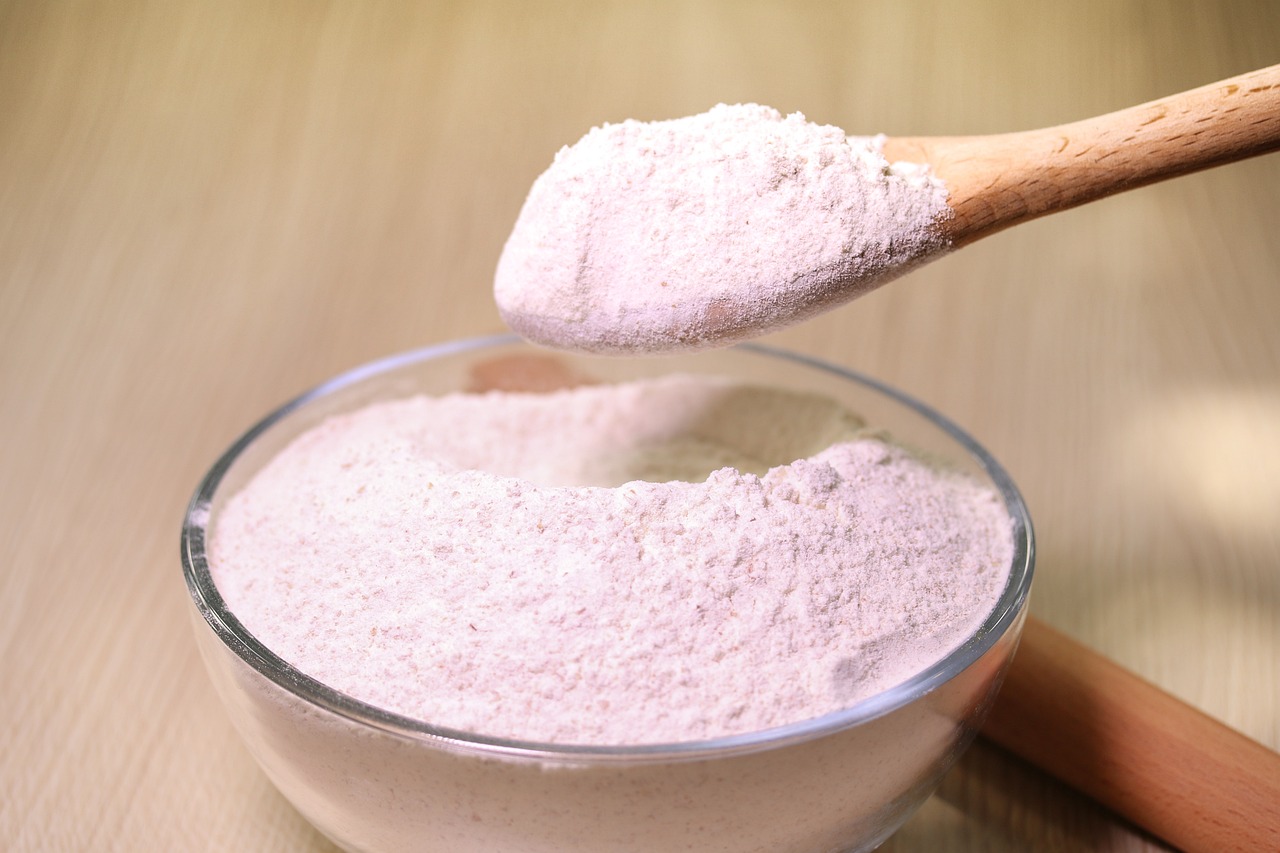If there are several well-known alternatives to replace wheat flour, over time and research, original and nutritious options appear. This is the case of grape flour, a product full of nutrients and very versatile.
It is made with the solid by-products of winemaking, which are the skin and seeds that are separated and then ground to create the flour. It is very easy to consume, as it can even be mixed with juices, milks, smoothies, or cereals.
Grape flour: what it is and how it is made
Usually, grape flour is made from pomace, the residue that remains after winemaking. This part of the fruit, rich in antioxidants, is dehydrated and then ground to create the fine powder we know as grape flour.
 Grape flour.
Grape flour.
Various grape varieties are used in production, such as Malbec, Cabernet, Tanat, and Syrah, resulting in a flour that contains fiber, magnesium, iron, fatty acids, omega 3, and 6.
Antioxidants and “rejuvenating” effect: the properties
The producer Lorena Londero is a pioneer in its production in Argentina. In various interviews, she highlighted the high antioxidant content of grape flour, especially resveratrol, a compound that has a powerful rejuvenating effect at the cellular level.
This antioxidant combats free radicals and helps keep cells cleaner and healthier. Additionally, it is suitable for those following Keto, vegan, or gluten-free diets, as it is completely natural and free of processed flours.
The main benefits highlighted by specialists include:
- Nutritious: research has found that grape flour is not only rich in antioxidants but is also a great source of proteins and minerals. This includes vitamins, Omega 3 and 6, calcium, potassium, and zinc. It also contains a high amount of fiber, specifically 47%.
- Rejuvenating effect: besides combating free radicals caused by stress, resveratrol also stimulates the functioning of certain enzymes that slow down and prolong the life of each cell.
- Improves circulation: antioxidants help improve cardiovascular health. Blood circulation improves, clot formation is prevented, and the walls of blood vessels and arteries are strengthened.
How to consume grape flour
It can be consumed daily. “The recommended dose is one tablespoon or two teaspoons,” Londero stated. It can be combined with sweet or savory dishes due to its “very particular, subtly fruity taste and -depending on the grape variety used- acidic nature.”
 The innovative alternative to wheat flour.
The innovative alternative to wheat flour.
It is also ideal for seasoning and flavoring sauces, meats, pastas, and salads or using it like any other flour to make bread.
What is the difference with resveratrol
Although both products come from grapes, it is important to clarify the differences. Resveratrol is a chemical substance found in grape skin, red wine, purple grape juice, blackberries, and other fruits as well.
It is a natural polyphenol and antioxidant that plants produce to defend themselves against fungal contamination, UV radiation, injuries, stress, and infections.
It is essential to consult a specialist before consuming or acquiring the product in pharmacies.
Have you already visited our YouTube channel? Subscribe now!

